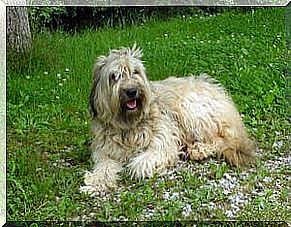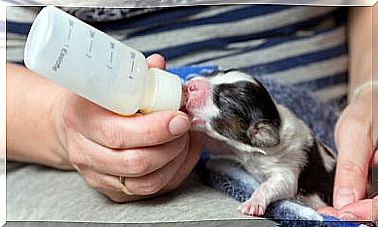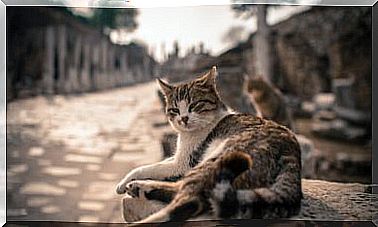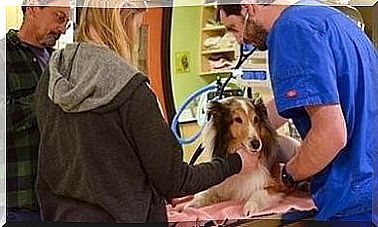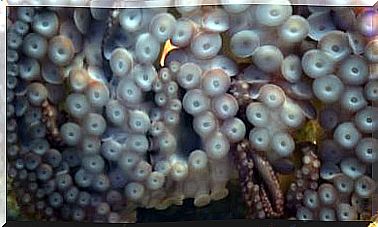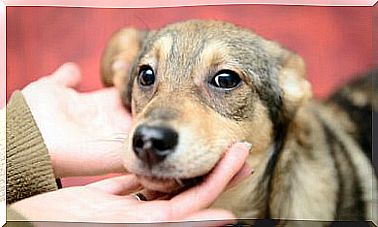What Is Feline Acne?
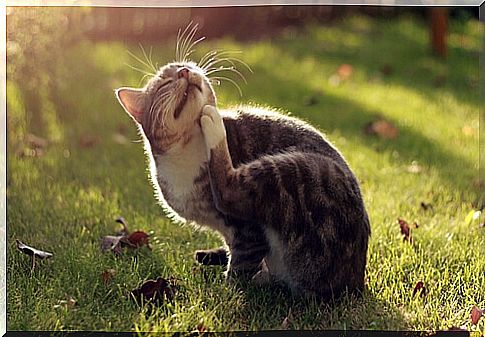
Among the most common skin diseases in cats is feline acne. This disease consists of infected hair follicles, like small pores infected by bacteria, usually located on the chin. Over time, these conditions can develop into boils and form feline acne.
This disease usually appears mainly in cats with oily skin. Also, it has its risk, especially if it is not treated in time. Its appearance is similar to human acne. They usually look like bulging blackheads on the chin.
The causes of feline acne
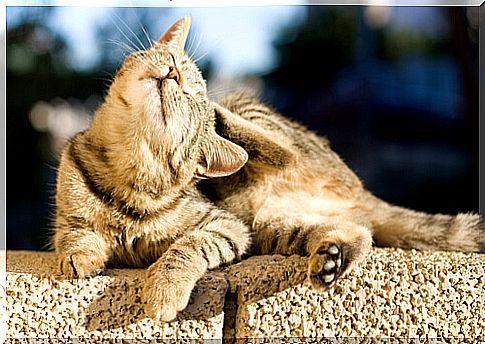
- Stress: Like humans, stress can affect the cat’s health.
- Lack of cleanliness or poor hygiene : one of the most common reasons for this disease is poor cleaning of the animal. Due to the lack of hygiene, the pores are easily infected, thus forming blackheads.
- Alterations in the keratinization process of the skin. This happens when an area full of sebaceous cells, such as the chin, is affected by bacteria, causing an infection.
How to prevent feline acne?
The first recommendation is to keep the cat’s fur clean. This can be achieved by giving it a traditional bath or by using a specific dry bath, depending on the type of hair.
Remember that every time cats eat they get their chins dirty. If we are attentive, it is important to give the little feline a cotton ball with disinfectant, or a wet wipe, to prevent any pores from becoming infected.
The feeder should not be plastic. The best thing is that it is made of materials such as ceramic or stainless steel. The plastic ones accumulate more bacteria. Similarly, the feeder should be washed with some regularity.
How to recognize feline acne?
The first step in detecting this disease is to look at the cat’s skin. When there are irregularities in it, such as small black dots or deformations, we will go to the second step, which is to touch them.
If to the touch we notice that the small grains are bulging and the animal complains, it is most possible that the area is infected. Another way to notice it is if the cat’s chin sticks out, that is, it has a type of swelling, or when the skin is rough.
We can also visualize in this disease that the infected lumps usually release a kind of watery fluid, sometimes combined with blood. This would be a clear example of infection.
For a complete and more specialized diagnosis, it is advisable to go to the veterinarian, who will proceed to perform a biopsy. He will take a sample of skin from the affected area. This type of analysis and tests will serve to locate the type of infection or what the cat has.
Another type of test that is also often done is a blood test to see how the immune system is responding. With the results of these tests, we will have information about the degree of infection
What is the treatment that can be used for this disease?
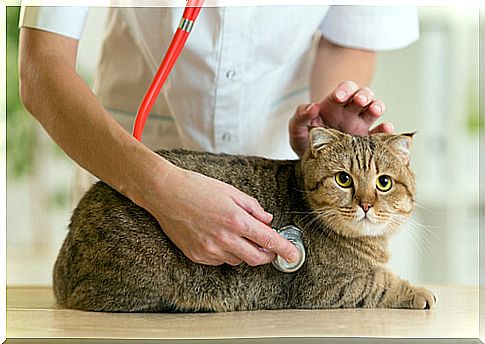
- The first step in treating feline acne is to clean the affected area. It can be using a cotton ball with alcohol or diluted chlorhexidine (5 ml of chlorhexidine per 100 ml of water). Both substances are antiseptic and will allow an efficient cleaning of the area.
- It is necessary to check that the skin of our cat does not contain parasites. These may be the cause of the infection. To recognize them, a magnifying glass could help, although they are not always visible. It is recommended that a specialist perform the relevant tests. It often happens that the vet prescribes a topical treatment, using a benzolium peroxide shampoo, to eradicate the bacteria.
- To alleviate the discomfort that the animal has, we can apply warm water compresses in the area, not very hot, since they are very sensitive to contact skin. These wipes or compresses are left on the affected area for 5 minutes, 2 or 3 times a day. This will relax the area, relieve discomfort, and reduce swelling.
- If the case is more serious, the veterinarian will indicate the administration of some type of antibiotic. In the statistics of cases of feline acne, it is observed that not all require this type of measures.
